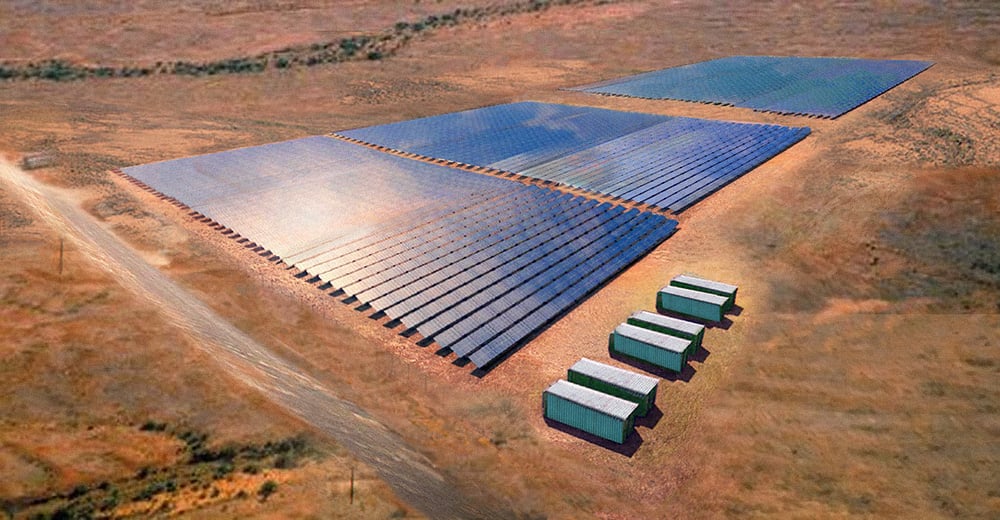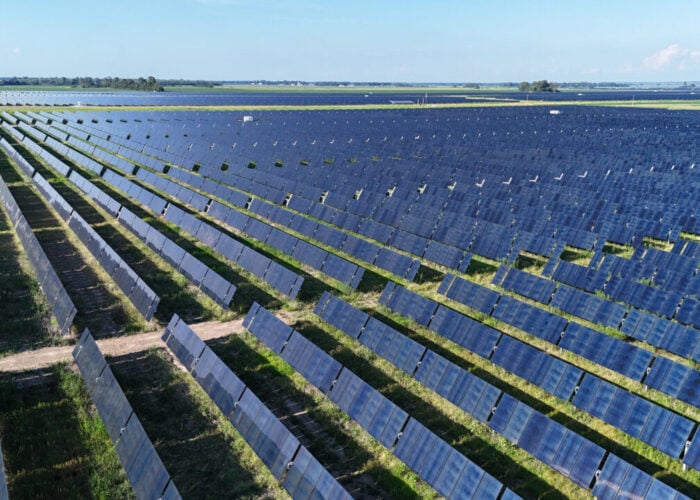
Australia’s distributed renewables base could treble and more than 26GW of grid-scale renewables will be needed as the Australian electricity market evolves over the next two decades, a comprehensive review conducted by the country’s market operator has concluded.
Such an increase in renewables in Australia is the cheapest option on the table as the country’s coal fleet retires, but in order to deliver such an overhaul of Australia’s power market, up to 19GW of dispatchable resource and a systematic reform of energy policy in the country will be required.
Try Premium for just $1
- Full premium access for the first month at only $1
- Converts to an annual rate after 30 days unless cancelled
- Cancel anytime during the trial period
Premium Benefits
- Expert industry analysis and interviews
- Digital access to PV Tech Power journal
- Exclusive event discounts
Or get the full Premium subscription right away
Or continue reading this article for free
The Australia Energy Market Operator (AEMO) today (31 July 2020) published its 2020 Integrated System Plan (ISP), a document formed off the back of significant consultation with industry stakeholders and other policy makers in the country.
The ISP is intended to provide an “optimal development path” for Australia’s National Electricity Market to deliver up to AU$11 billion in net market benefits out to 2040.
The document, which is updated every two years, reviews various changes occurring to Australia’s power system, ranging from an increase in renewables and distributed generation to the retirement of coal, identifying the supply and network investments needed to best deliver affordable and reliable power to consumers.
It follows a preliminary Draft ISP published in December last year and considers a number of potential operating environments that Australia’s electricity market operator may have to navigate in the coming years.
The quantity of distributed energy generation connected to Australia’s grid is forecast by the AEMO to double or even triple, providing up to 22% of total underlying energy consumption in the country. Meanwhile, more than 26GW of variable renewable energy (VRE) will be needed to replace coal-fired generation in Australia, with nearly two-thirds (63%) set to retire.
Those changes will place new demands on Australia’s grid. Up to 19GW of dispatchable resources will be needed to back up renewable output, the market operator has concluded, while it will also require an expanded portfolio of grid services, including voltage and frequency control, system strength and inertia, amongst others.
Considerable investments will also be needed to grid infrastructure, especially interconnectors and the establishment of Renewable Energy Zones, which is already underway. But, as the IPS warns, “significant market and regulatory reforms will be needed to bring the right resources into the system in a timely fashion.”
This is particularly true in relation to the projected rise of DER. The ISP forecasts such an increase in distributed PV will need “dedicated management practices and protocols backed by requisite distribution network investments and changes to rules, regulations and standards” if they are to maximise their contribution to grid reliability, security and resilience.
“Without urgent and well targeted reforms, the high levels of DER projected in this ISP would not be achievable, and limits may have to be imposed on DER instead, which would be a sub-optimal outcome for Australia,” the document reads.
The full 99-page document can be read here.
Audrey Zibelman, managing director and CEO at AEMO, said the ISP’s conclusion was clear that as Australia’s coal fleet retired, the best option was a “highly diverse portfolio consisting of distributed energy resources (DER) and variable renewable energy (VRE), supported by multiple dispatchable resources.”
““When implemented alongside market and regulatory reforms, the targeted transmission investments identified in the ISP will bring the right resources into the system in a timely fashion. This will create a modern, efficient and resilient energy system that delivers $11 billion in net market benefits weighted across the different ISP scenarios over the next two decades,” she said.






